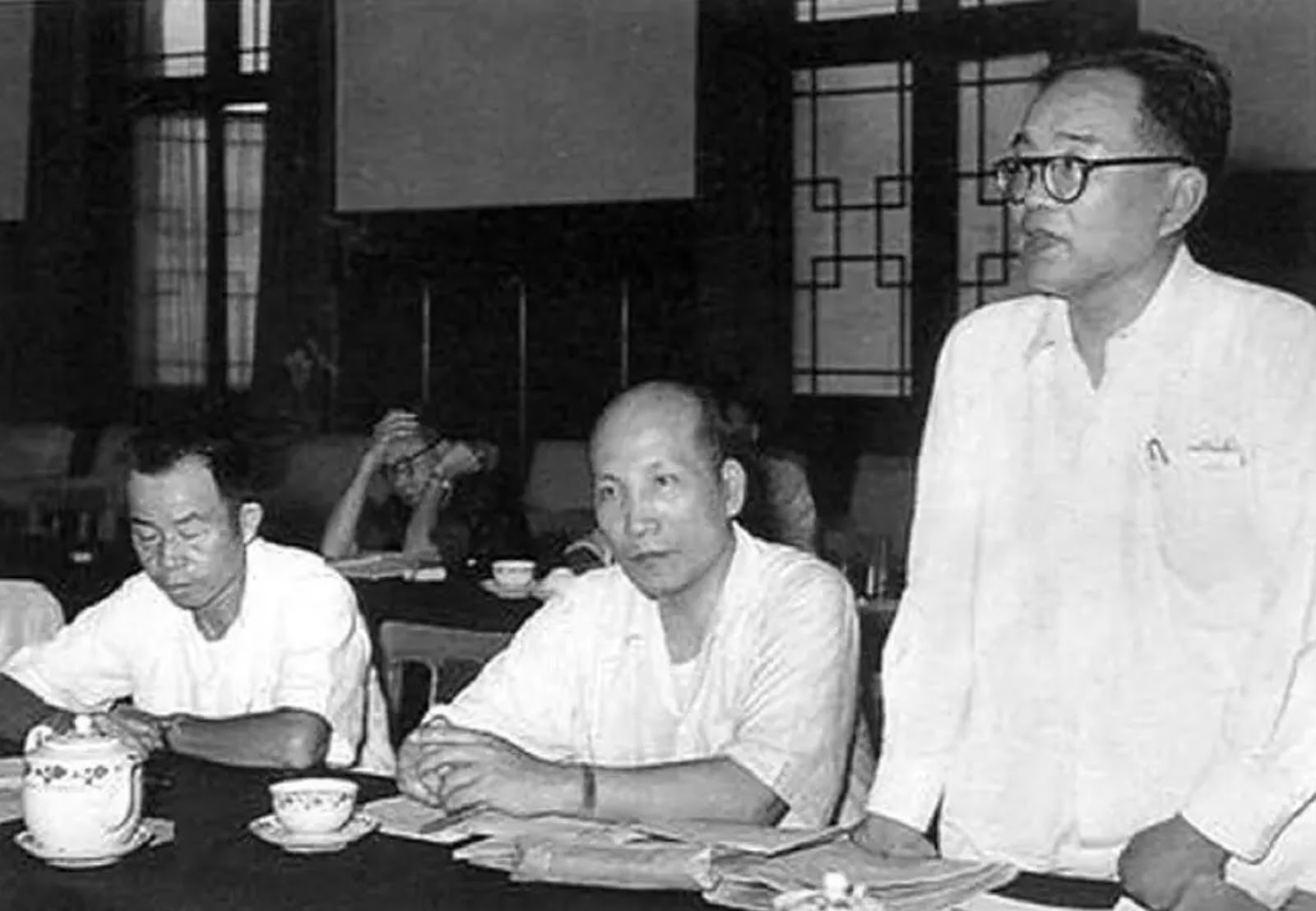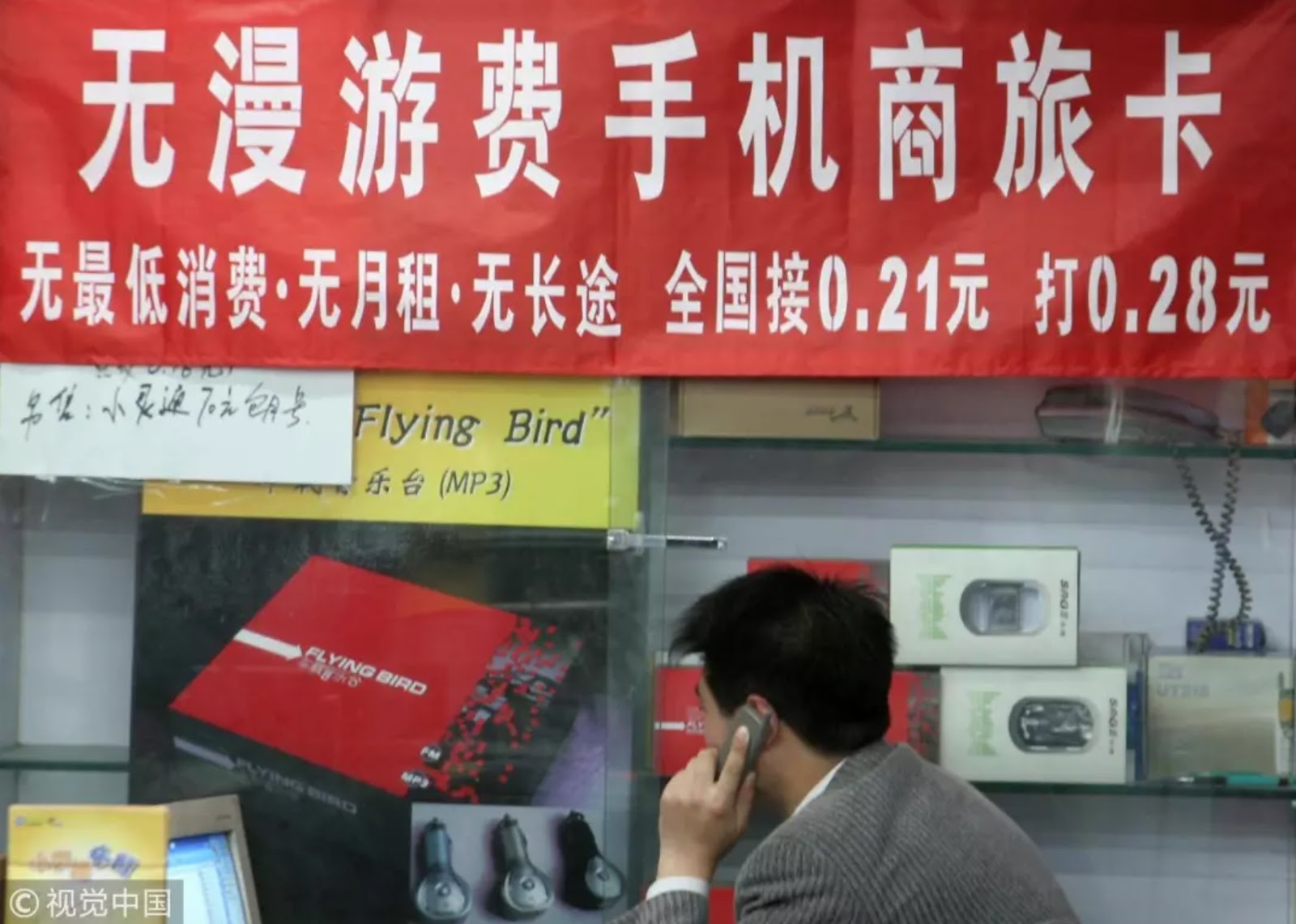Chinese Corner — the manual workers behind AI, dual SIM cards, and more
Chinese Corner — the manual workers behind AI, dual SIM cards, and more

The uncool people behind way-cool AI
那些给人工智能打工的人 nàxiē gěi réngōngzhìnéng dǎgōng de rén
The people who work for AI
By 刘敏 liúmǐn
October 12, 2018
Elon Musk thinks AI will go wild and eventually turn on human civilization. Mark Zuckerberg believes in AI’s power to unlock a huge amount of positive things. Jack Ma worries AI could set off a third world war. Kai-Fu Lee, currently on tour promoting his new book, AI Superpowers: China, Silicon Valley, and the New World Order, predicts that jobs requiring low creativity and compassion will surely be taken over by the advanced technology.
Genius tech moguls talking of machines that learn, and the possibility of an AI apocalypse make AI seem remote from the average person. But at the heart of AI are machine-learning models built on pure human labor. These workers perform one of the most tedious jobs on the planet — manually adding labels to objects in digital images, such as “desk”, “human being,” and “red high-heeled shoes.”.
In China, such jobs are often taken by young people in rural areas. Mǎ Ménglì 马萌利, a woman working for a small tech firm in a remote village in Henan Province, spends at least nine hours every day behind her computer, browsing more than 1,000 pictures and putting labels on them. The image collection that she helps to build forms the foundation of what AI scientists call training materials: the data that AI-powered computers can learn from.
AI is cool, undoubtedly. But there is certainly an uncool side to it, as this feature story from GQ Reporting vividly portrays: People like Ma doing basic and unmagical things to empower the extraordinary advance of machine learning.


From ridiculous meme to record deal
3unshine睡着了 3unshine shuìzhele
3unshine fell asleep
By 李纯 lǐchún
October 8, 2018
In 2015, five high-schoolers from Anhui Province decided to form a girl group. Without any professional training, they recorded a song borrowed from an anonymous songwriter on the internet, and took a bunch of promo photos at a local studio. The group’s leader, Abby, created a Weibo page, uploaded the song, and wrote, “Hi, we are Sunshine.”
They saw the project as a way to create a souvenir of their teenage friendship. They were surprised to find that a few days later, they had became a hot topic on Chinese social media. Treating them like a subject of ridicule, Internet users attacked their appearance, and ridiculed them with viral memes. Two girls opted to leave the group, but the remaining members — Abby, Cindy, and Dora — wanted to prove that they were more than a passing meme.
To the surprise of the haters, their persistence paid off. After the remaining three renamed the group 3unshine — still pronounced SunShine — they signed to a record label, received proper training, and appeared on national television. Now they are two months away from their first concert, demanding that the world take them seriously.


The art of self-criticism
让我们跟着范冰冰重温检讨之道 ràngwǒmen gēnzhe fànbīngbīng chóngwēn jiǎntǎozhīdào
Let’s review the theory of self-criticism with Fan Bingbing
By 黄章晋 huángzhāngjìn
October 10, 2018
After a mysterious hiatus of three months, Fàn Bīngbīng 范冰冰, arguably the most famous actress in China, resurfaced in the public eye earlier this month with an apology. In the letter, she confirmed rumors about her tax evasion, reflected on her mistakes, and begged for forgiveness.
But, as The China Project has noted, the most important sentence in her apology is where she states, “Without the good policies of the Party and the state, without the love of the people, there would be no Fan Bingbing.” This part, as author Huáng Zhāngjìn 黄章晋 points out, constitutes a key element of a good example of self-critique (检讨 jiǎntǎo), in which the author affirms their belief in the Party line and assures their abject subordination to the Party’s authority.
In this article, Huang dives into the history of self-criticism in China, which was once a common practice for political rehabilitation in the Mao era, and explains how to master the art of it.


China’s obsession with dual-SIM phones
中国人为什么痴迷双卡双待 zhōngguórén wèishénme chīmí shuāngkǎshuāngdài
Why China is obsessed with dual-SIM phones
By 秋意寒 qiūyìhán
October 11, 2018
Last month, when Apple introduced its new iPhone models, which now allow users to place two physical SIM cards in them, Bloomberg said the company bent to China’s will. While they confuse phone users in the West, dual-SIM devices debuted in China almost 15 years ago and retain an enduring appeal for Chinese people. But the obsession is not a matter of choice, but a compromise that Chinese phone users have to make because of pricey data roaming charges, decades-long competitions between carriers, and carefully designed obstacles to switching networks.






